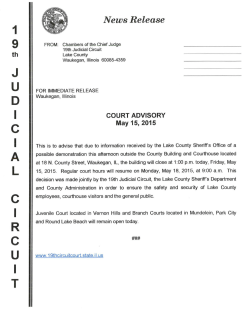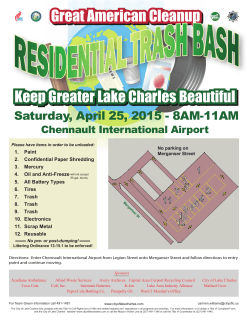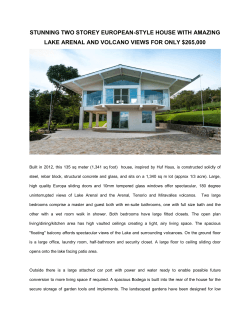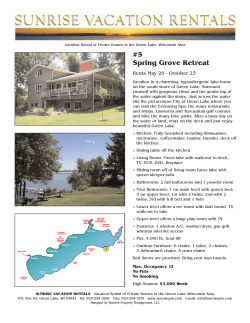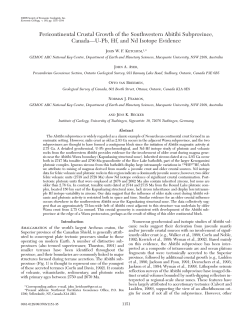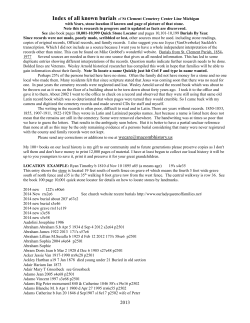
Preliminary Investigation into Paleoclimatic Changes at Ivanpah Dry
Preliminary Investigation into Paleoclimatic Changes at Ivanpah Dry Lake California using Chemical Evidence of Obliterated Shorelines Naomi Curiel, Michelle Fauber, Jose Garcia, Chelsea Linares, Yadira Martinez, Crisaly Santos, Savannah Savoia, Douglas B Sims, Nyna Williams Abstract Method Obliterated pluvial shorelines and their associated habitation sites located along Ivanpah Dry Lake contains untapped cultural deposits. Chemical signatures were identified at -30 too -40 cm below the existing dry lake bed across six locations, from east to west. Methods used by students by the NASA CoP group included crustal and trace metals by USEPA 3050B followed by USEPA 6010B; 2conductivity by 120; SO4 by 9038; Cl 9214; pH by 150.1; and CaCO3 by gravimetric method for estimating calcium carbonate in soils. Nineteen core samples were collected from across the eastern portion of Ivanpah Dry Lake. This presentation only focuses on locations 1 through 6 of the 19 locations (Figure 2). Depth of each sampling point was 60 cm below ground surface (bgs). Cores were divided into 10 cm levels with each level analyzed for trace and crustal metals (Al, 2Ba, Ca, Cu, Cr, K, Li, Mn, Pb, Zn, Ti), SO4 , Cl , CaCO3, pH, and conductivity. Additional tests pending further work. Results Conclusion There is a buried lakebed beneath the current lake surface. Data indicates the buried lakebed sits at 40 cm below the surface near the center and -30 cm as it continues up the eastern alluvial fan. It is likely that the buried lakebed is significantly older than the present, possible dating to the early Holocene. Introduction This research focuses on obliterated shorelines that are mechanically eroded by the life cycle of lakes. Determining when, where, why, and possibly how this areas desertification began is important for understanding environmental change over time. Acknowledgements - The NASA CoP Grant (NNX14AQ94A) proved funding to students at the College of Southern Nevada. - College of Southern Nevada Department of Physical Sciences and Biology Selected References Rodrigues-Filho, S. and Müller, G, 1999. A Holocene Sedimentary Record from Lake Silvana, SE Brazil: Evidence for Paleoclimatic Changes from Mineral, Trace-Metal and Pollen Data. Lecture Notes in Earth Sciences, Vol. 88. Springer-Verlag. Heidelberg, New York, Tokyo. 96 pp. Spaulding, W. G., 1990. Vegetation and Climatic Development of the Mojave Desert: The Last Glacial Maximum to the Present. Packrat Middens, University of Arizona Press, Pages 166-199.
© Copyright 2025



